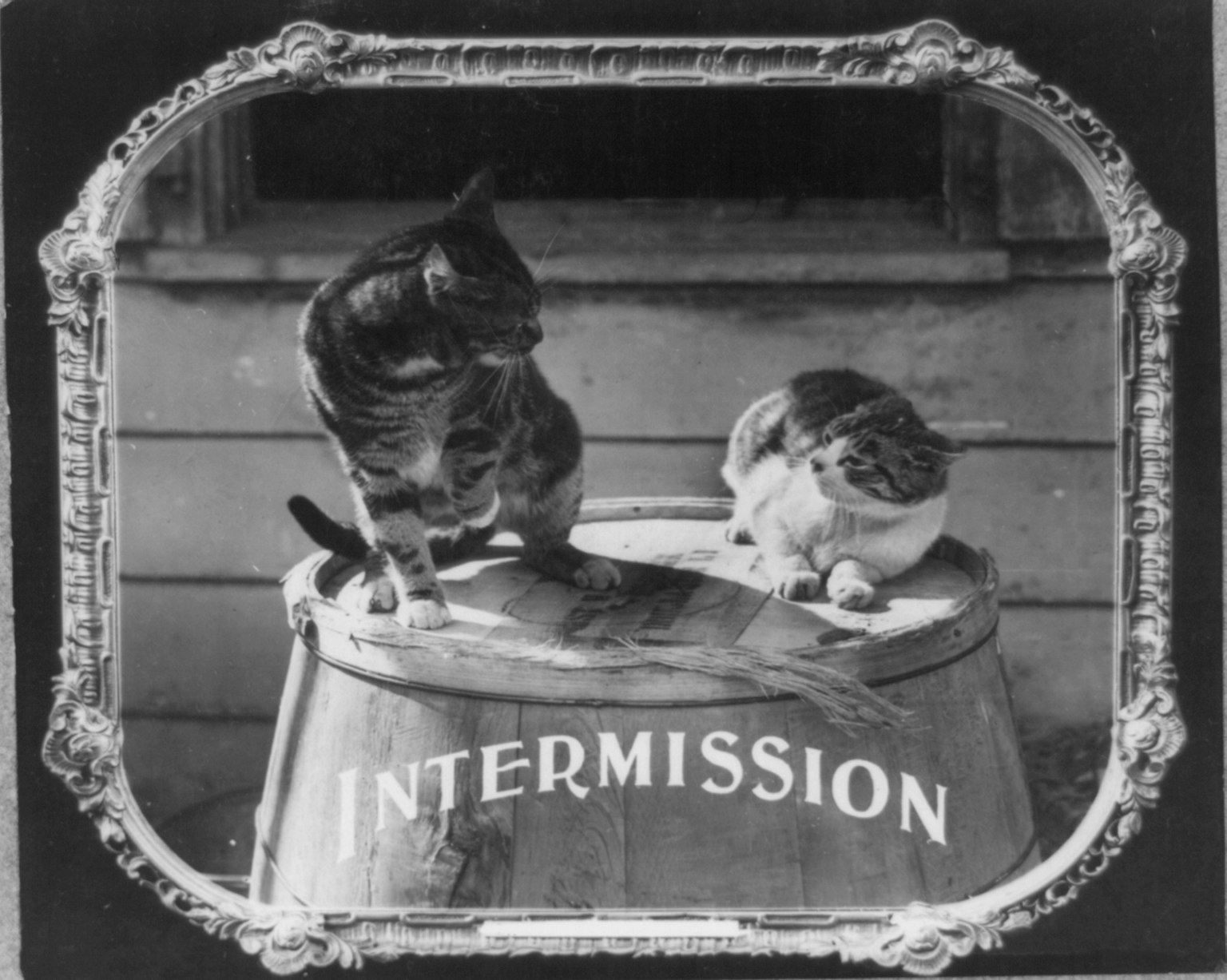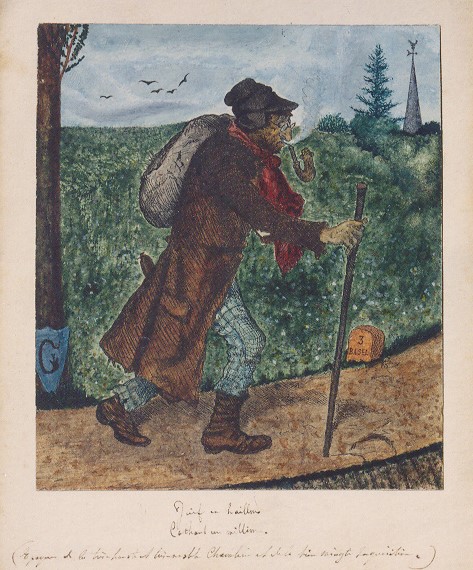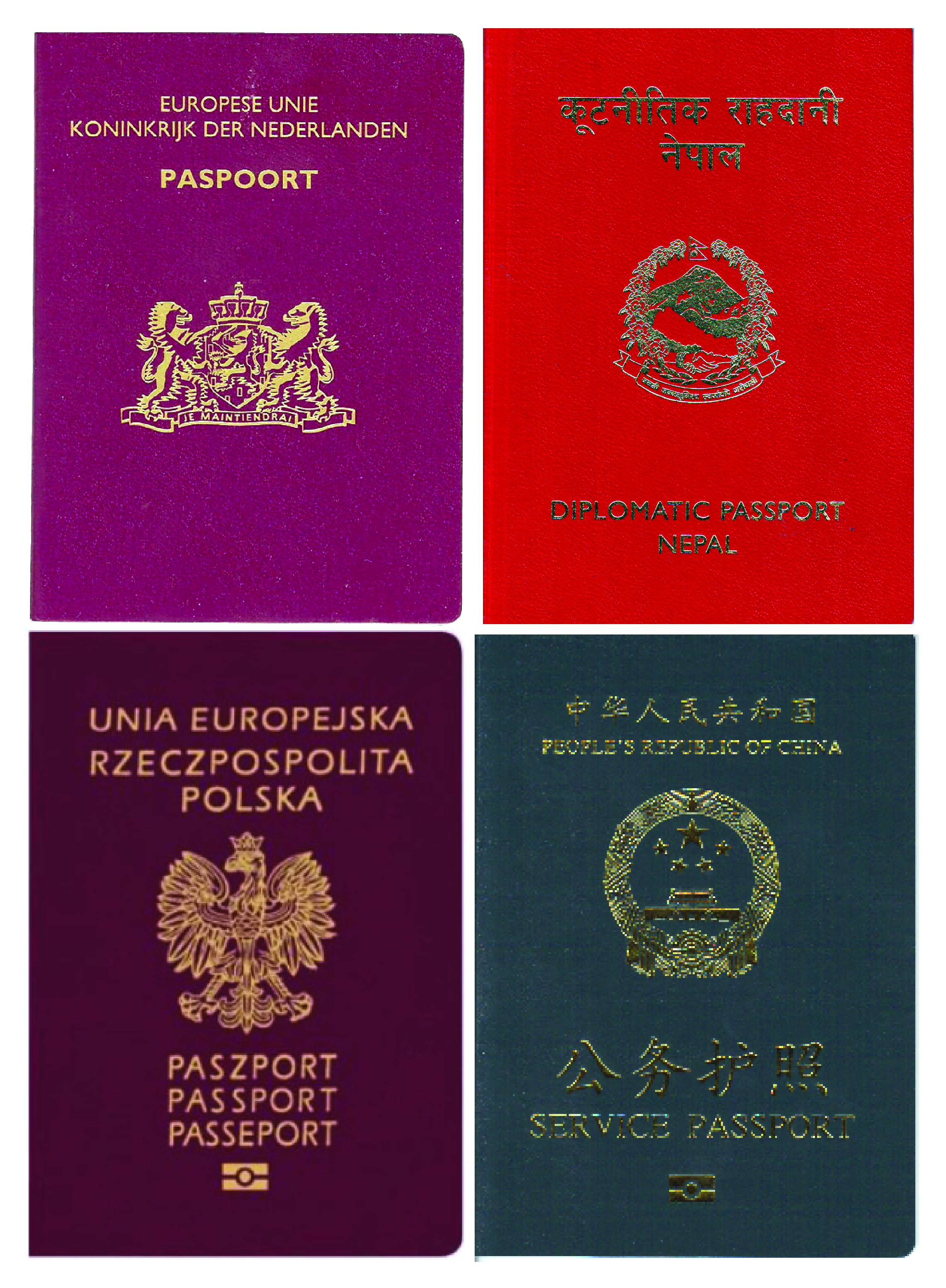|
Der Fliegende Holländer
' (''The Flying Dutchman''), Wagner-Werk-Verzeichnis, WWV 63, is a German-language opera, with libretto and music by Richard Wagner. The central theme is redemption through love. Wagner Conducting, conducted the premiere at the Königliches Hoftheater Dresden in 1843. Wagner claimed in his 1870 autobiography ''Mein Leben (Wagner), Mein Leben'' that he had been inspired to write the opera following a stormy sea crossing he made from Riga to London in July and August 1839. In his 1843 ''Autobiographic Sketch (Wagner), Autobiographic Sketch'', Wagner acknowledged he had taken the story from Heinrich Heine's retelling of the Flying Dutchman, legend in his 1833 satirical novel ''The Memoirs of Mister von Schnabelewopski'' (''Aus den Memoiren des Herrn von Schnabelewopski''). This work shows early attempts at operatic styles that would characterise his later music dramas. In ''Der fliegende Holländer'' Wagner uses a number of leitmotifs (literally, "leading motifs") associated with th ... [...More Info...] [...Related Items...] OR: [Wikipedia] [Google] [Baidu] |
List Of Works For The Stage By Richard Wagner
Richard Wagner's works for the stage, representing more than 50 years of creative life, comprise his 13 completed operas and a similar number of failed or abandoned projects. His first effort, begun when he was 13, was a prose drama, '' Leubald'', but thereafter all his works were conceived as some form of musical drama. It has been suggested that Wagner's wish to add incidental music to ''Leubald'', in the manner of Beethoven's treatment of Goethe's drama '' Egmont'', may have been the initial stimulus that directed him to musical composition. Wagner's musical education began in 1828, and a year later he was producing his earliest compositions, writing words and music, since lost, for his first opera attempt, '' Die Laune des Verliebten''. During the subsequent decade he began several more opera projects, none of which was successful although two were completed and one was staged professionally. His first commercial success came in 1842 with ''Rienzi'', by which time he had compl ... [...More Info...] [...Related Items...] OR: [Wikipedia] [Google] [Baidu] |
Intermission
An intermission, also known as an interval in British and Indian English, is a break between parts of a performance or production, such as for a play (theatre), theatrical play, opera, concert, or film screening. It should not be confused with an entr'acte (French: "between acts"), which, in the 18th century, was a sung, danced, spoken, or musical performance that occurs between any two acts, that is unrelated to the main performance, and that thus in the world of opera and musical theater became an orchestral performance that spans an intermission and leads, without a break, into the next act. Jean-François Marmontel and Denis Diderot both viewed the intermission as a period in which the action did not in fact stop, but continued off-stage. "The interval is a rest for the spectators; not for the action," wrote Marmontel in 1763. "The characters are deemed to continue acting during the interval from one act to another." However, intermissions are more than just dramatic pauses ... [...More Info...] [...Related Items...] OR: [Wikipedia] [Google] [Baidu] |
The Opera Quarterly
''The Opera Quarterly'' is a peer-reviewed academic journal of opera, founded in 1983. It is published by Oxford University Press. The executive editor is Arman Schwartz of King's College London King's College London (informally King's or KCL) is a public university, public research university in London, England. King's was established by royal charter in 1829 under the patronage of George IV of the United Kingdom, King George IV .... ''The Opera Quarterly'' References External links * Oxford University Press academic journals Music journals[...More Info...] [...Related Items...] OR: [Wikipedia] [Google] [Baidu] |
Wandering Jew
The Wandering Jew (occasionally referred to as the Eternal Jew, a calque from German ) is a mythical immortal man whose legend began to spread in Europe in the 13th century. In the original legend, a Jew who taunted Jesus on the way to the Crucifixion was then cursed to walk the Earth until the Second Coming. The exact nature of the wanderer's indiscretion varies in different versions of the tale, as do aspects of his character; sometimes he is said to be a shoemaker or other tradesman, while sometimes he is the doorman at the estate of Pontius Pilate. Name An early extant manuscript containing the legend is the ''Flores Historiarum'' by Roger of Wendover, where it appears in the part for the year 1228, under the title ''Of the Jew Joseph who is still alive awaiting the last coming of Christ''. The central figure is named ''Cartaphilus'' before being baptized later by Ananias as ''Joseph''. The root of the name ''Cartaphilus'' can be divided into and , which can be translated ... [...More Info...] [...Related Items...] OR: [Wikipedia] [Google] [Baidu] |
Blasphemy
Blasphemy refers to an insult that shows contempt, disrespect or lack of Reverence (emotion), reverence concerning a deity, an object considered sacred, or something considered Sanctity of life, inviolable. Some religions, especially Abrahamic ones, regard blasphemy as a crime, including insulting the Islamic prophet Muhammad in Islam, speaking the Names of God in Judaism, sacred name in Judaism, and blasphemy of God's Holy Spirit in Christianity, Holy Spirit is an eternal sin in Christianity. It was also a crime under English law, English common law, and it is still a crime under Italian law (Art. 724 del Codice Penale). In the early history of the Church, blasphemy "was considered to show active disrespect to God and to involve the use of profane cursing or mockery of his powers". In the medieval world, those who committed blasphemy were seen as needing discipline. By the 17th century, several historically Christianity, Christian countries had Blasphemy laws, legislation agains ... [...More Info...] [...Related Items...] OR: [Wikipedia] [Google] [Baidu] |
Tvedestrand
is List of municipalities of Norway, municipality in Agder counties of Norway, county, Norway. It is located in the Districts of Norway, traditional district of Southern Norway, Sørlandet. The administrative center is the Tvedestrand (town), town of Tvedestrand. There are many villages in the municipality including Dypvåg (village), Dypvåg, Fiane, Tvedestrand, Fiane, Gjeving, Gødderstad, Grønland, Agder, Grønland, Kilen, Tvedestrand, Kilen, Klåholmen, Kråkvåg, Agder, Krokvåg, Laget, Lyngør, Nesgrenda, Østerå, Sagesund, Sandvika, Agder, Sandvika, and Songe. The Tvedestrand (town), town of Tvedestrand has a white-painted town center with irregular streets climbing steep hills around the harbor. The natural environment of the area makes it a tourist destination. The municipality includes numerous islands, which makes it popular in the summer for boaters. The number of people in the municipality practically doubles in the summer, due to vacationers. There are approximat ... [...More Info...] [...Related Items...] OR: [Wikipedia] [Google] [Baidu] |
Fjord
In physical geography, a fjord (also spelled fiord in New Zealand English; ) is a long, narrow sea inlet with steep sides or cliffs, created by a glacier. Fjords exist on the coasts of Antarctica, the Arctic, and surrounding landmasses of the northern and southern hemispheres. Norway's coastline is estimated to be long with its nearly 1,200 fjords, but only long excluding the fjords. Formation A true fjord is formed when a glacier cuts a U-shaped valley by ice segregation and abrasion of the surrounding bedrock. According to the standard model, glaciers formed in pre-glacial valleys with a gently sloping valley floor. The work of the glacier then left an overdeepened U-shaped valley that ends abruptly at a valley or trough end. Such valleys are fjords when flooded by the ocean. Thresholds above sea level create freshwater lakes. Glacial melting is accompanied by the rebounding of Earth's crust as the ice load and eroded sediment is removed (also called isostasy or gla ... [...More Info...] [...Related Items...] OR: [Wikipedia] [Google] [Baidu] |
Miscarriage
Miscarriage, also known in medical terms as a spontaneous abortion, is an end to pregnancy resulting in the loss and expulsion of an embryo or fetus from the womb before it can fetal viability, survive independently. Miscarriage before 6 weeks of gestation is defined as biochemical loss by European Society of Human Reproduction and Embryology, ESHRE. Once ultrasound or histological evidence shows that a pregnancy has existed, the term used is clinical miscarriage, which can be "early" (before 12 weeks) or "late" (between 12 and 21 weeks). Spontaneous fetal termination after 20 weeks of gestation is known as a stillbirth. The term ''miscarriage'' is sometimes used to refer to all forms of pregnancy loss and pregnancy with abortive outcomes before 20 weeks of gestation. The most common symptom of a miscarriage is vaginal bleeding, with or without pain. Tissue (biology), Tissue and clot-like material may leave the uterus and pass through and out of the vagina. Risk factors for misc ... [...More Info...] [...Related Items...] OR: [Wikipedia] [Google] [Baidu] |
Kingdom Of Prussia
The Kingdom of Prussia (, ) was a German state that existed from 1701 to 1918.Marriott, J. A. R., and Charles Grant Robertson. ''The Evolution of Prussia, the Making of an Empire''. Rev. ed. Oxford: Clarendon Press, 1946. It played a significant role in the unification of Germany in 1871 and was a major constituent of the German Empire until its German Revolution of 1918–1919, dissolution in 1918. Although it took its name from the Prussia (region), region called Prussia, it was based in the Margraviate of Brandenburg. Its capital was Berlin. The list of monarchs of Prussia, kings of Prussia were from the House of Hohenzollern. The polity of Brandenburg-Prussia, predecessor of the kingdom, became a military power under Frederick William, Elector of Brandenburg, known as "The Great Elector". As a kingdom, Prussia continued its rise to power, especially during the reign of Frederick the Great, Frederick II "the Great".Horn, D. B. "The Youth of Frederick the Great 1712–30." ... [...More Info...] [...Related Items...] OR: [Wikipedia] [Google] [Baidu] |
Passport
A passport is an official travel document issued by a government that certifies a person's identity and nationality for international travel. A passport allows its bearer to enter and temporarily reside in a foreign country, access local aid and protection, and obtain consular assistance from their government. In addition to facilitating travel, passports are a key mechanism for border security and regulating migration; they may also serve as official identification for various domestic purposes. State-issued travel documents have existed in some form since antiquity; the modern passport was universally adopted and standardized in 1920. The passport takes the form of a booklet bearing the official name and emblem of the issuing government and containing the biographical information of the individual, including their full name, photograph, place and date of birth, and signature. A passport does not create any rights in the country being visited nor impose any obligation o ... [...More Info...] [...Related Items...] OR: [Wikipedia] [Google] [Baidu] |
Paris Opera
The Paris Opera ( ) is the primary opera and ballet company of France. It was founded in 1669 by Louis XIV as the , and shortly thereafter was placed under the leadership of Jean-Baptiste Lully and officially renamed the , but continued to be known more simply as the . Classical ballet as it is known today arose within the Paris Opera as the Paris Opera Ballet and has remained an integral and important part of the company. Currently called the , it mainly produces operas at its modern 2,723-seat theatre Opéra Bastille which opened in 1989, and ballets and some classical operas at the older 1,979-seat Palais Garnier which opened in 1875. Small scale and contemporary works are also staged in the 500-seat Amphitheatre under the Opéra Bastille. The company's annual budget is in the order of 200 million euros, of which €100M come from the French state and €70M from box office receipts. With this money, the company runs the two houses and supports a large permanent staff, wh ... [...More Info...] [...Related Items...] OR: [Wikipedia] [Google] [Baidu] |
Rienzi
' (''Rienzi, the last of the tribunes''; WWV 49) is an 1842 opera by Richard Wagner in five acts, with the libretto written by the composer after Edward Bulwer-Lytton's novel of the same name (1835). The title is commonly shortened to ''Rienzi'' . Written between July 1838 and November 1840, it was first performed at the Königliches Hoftheater Dresden, on 20 October 1842, and was the composer's first success. The opera is set in Rome and is based on the life of Cola di Rienzo (1313–1354), a late medieval Italian populist figure who succeeds in outwitting and then defeating the nobles and their followers and in raising the power of the people. Magnanimous at first, he is forced by events to crush the nobles' rebellion against the people's power, but popular opinion changes and even the Church, which had urged him to assert himself, turns against him. In the end the populace burns the Capitol, in which Rienzi and a few adherents have made a last stand. Composition history ' ... [...More Info...] [...Related Items...] OR: [Wikipedia] [Google] [Baidu] |







